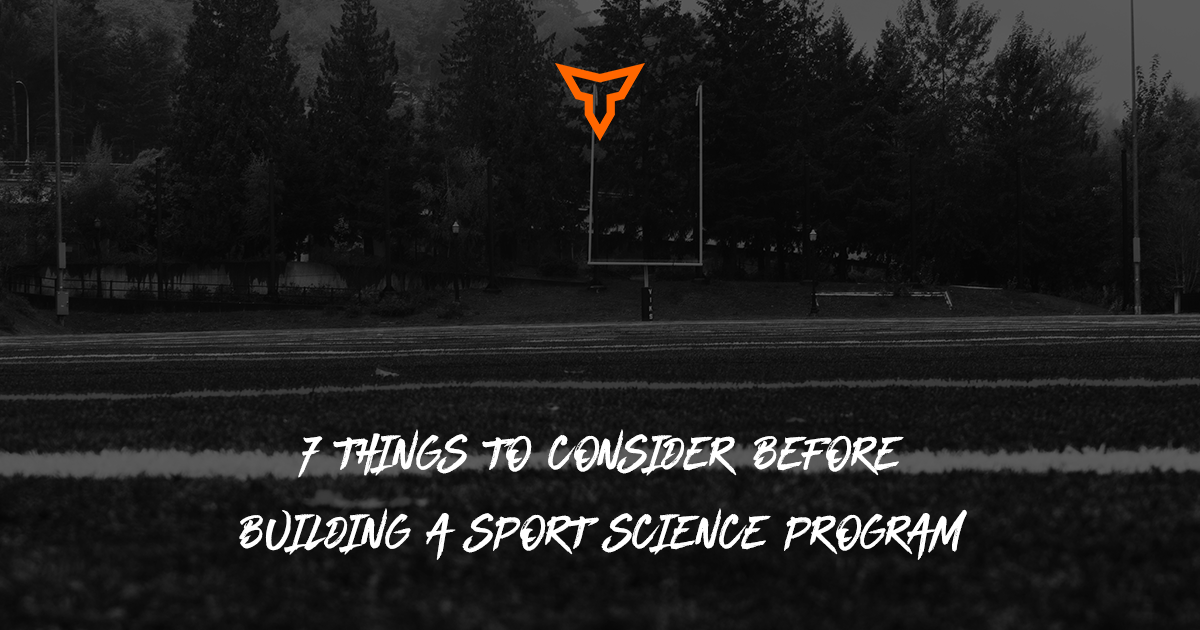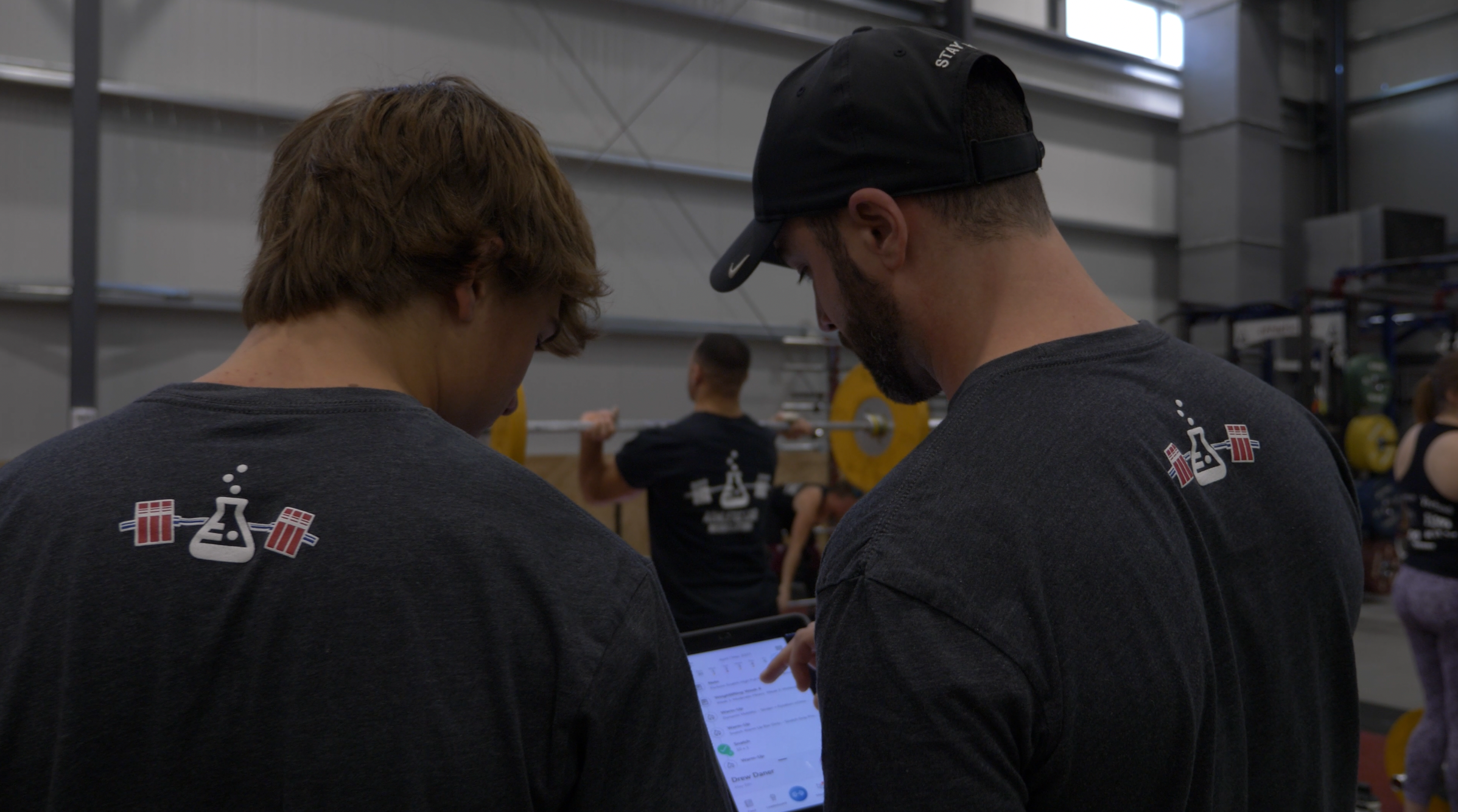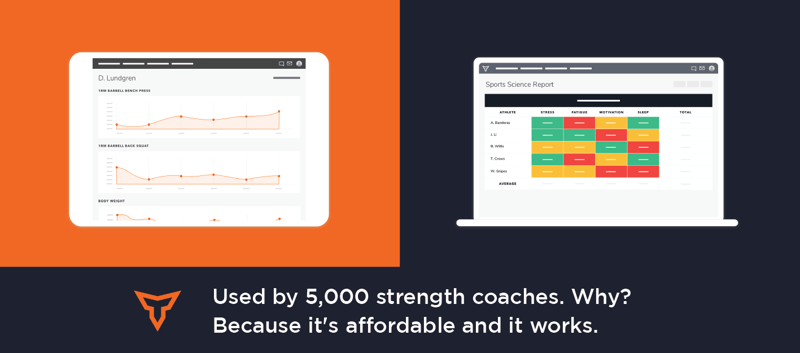With simply a smartphone or tablet we have easy access and ability to photograph and record video almost everywhere. This readily available technology makes utilizing video assessments with athletes and clients not only convenient but a must for any coach or trainer wanting to take their athlete to the next level. Watching game or practice film has already been a long used tool in sports, so what's the difference?
However, if you’re still not using it for your athletes and clients on an individual basis, here are eight reasons why I use video technology with my student-athletes and clients and why you should too:
1. Instant Feedback
Regardless of how well you are able to describe, critique, or explain how your athlete looks while they are performing a particular exercise, nothing beats a video playback. Plus, the ability to watch the video immediately after performing the exercise allows the athlete to connect how they are feeling with what they actually looked like and often this immediate connection can go a long way towards correcting a technical flaw.
2. Technique
Watching video replays can help reinforce the teaching, tweaking, and mastering of technique easier. By either watching videos of a different athlete with correct form or having your athlete watch videos of themselves performing different attempts of the same exercise for comparison, they can not only see the differences, but also connect what they are seeing to what they felt like they were doing in each video. Being able to make the mind-body connection and feel the difference between correct execution and incorrect can make all the difference and often lead to breakthroughs.
3. Clarification
Again, there are times when the verbal cues you give don’t seem to resonate with what the athlete thinks they are doing. Watching the video playback and talking through it together can work to get you both on the same page with the direction intended of the verbal cues you are giving.
4. Inspiration
There are times when an athlete is performing an exercise with very good form, but doesn’t believe it, or has improved in their form, but still feels like they are doing it wrong. Watching themselves perform the skill can provide positive reinforcement and add supportive evidence to what their coach was saying. Again, helping an athlete change the negative narrative in their mind to a positive one and match the good work they are accomplishing can be inspiring.
5. Document Progress
Periodic video documentation of exercise performances is a great way to visually track the progress of an athlete with regards to the execution of the skill and also other physical characteristics such as height or weight.
6. Accountability
Video documentation is also a great way to hold athletes accountable to their workouts while training away from their coach. This can also help athletes coach themselves while training on their own, and the prior experience of watching film together with their coach will give them the understanding of what to look for while watching it alone.
7. Identify Weaknesses
There have been times when a weakness or imbalance not previously noticed with the naked eye or in real speed became clearly evident during repeated video playback or slow motion playback. Video is not generally a long-term substitute for in-person live coaching, but it can absolutely help in areas when watching an exercise performed live does not immediately provide the insight necessary to identify a technical flaw or an area within the technique needing improvement.
8. Demonstration
Many times it’s easier for the coach to give a physical demonstration of the exercise, especially during the introduction of a new exercise and there isn't someone else available to correctly perform the skill. However, even the coach can sometimes not be executing the exercise correctly. Video replay for the coach can help keep the coach accountable and ensure that their demonstration of a drill actually shows the correct form.
Technology when used correctly and efficiently can be a great asset to any training program. Benefits of using video recording and playback include accurate demonstration of complex exercises, instant feedback, form critique, and positive reinforcement, to name a few. Any coach or athlete looking to improve their training should consider adding video technology to their programming.
Subscribe to our blog
Subscribe to receive the latest blog posts to your inbox every week.
Related posts

7 Things to Consider Before Building a Sport Science Program

How TeamBuildr Builds Software


